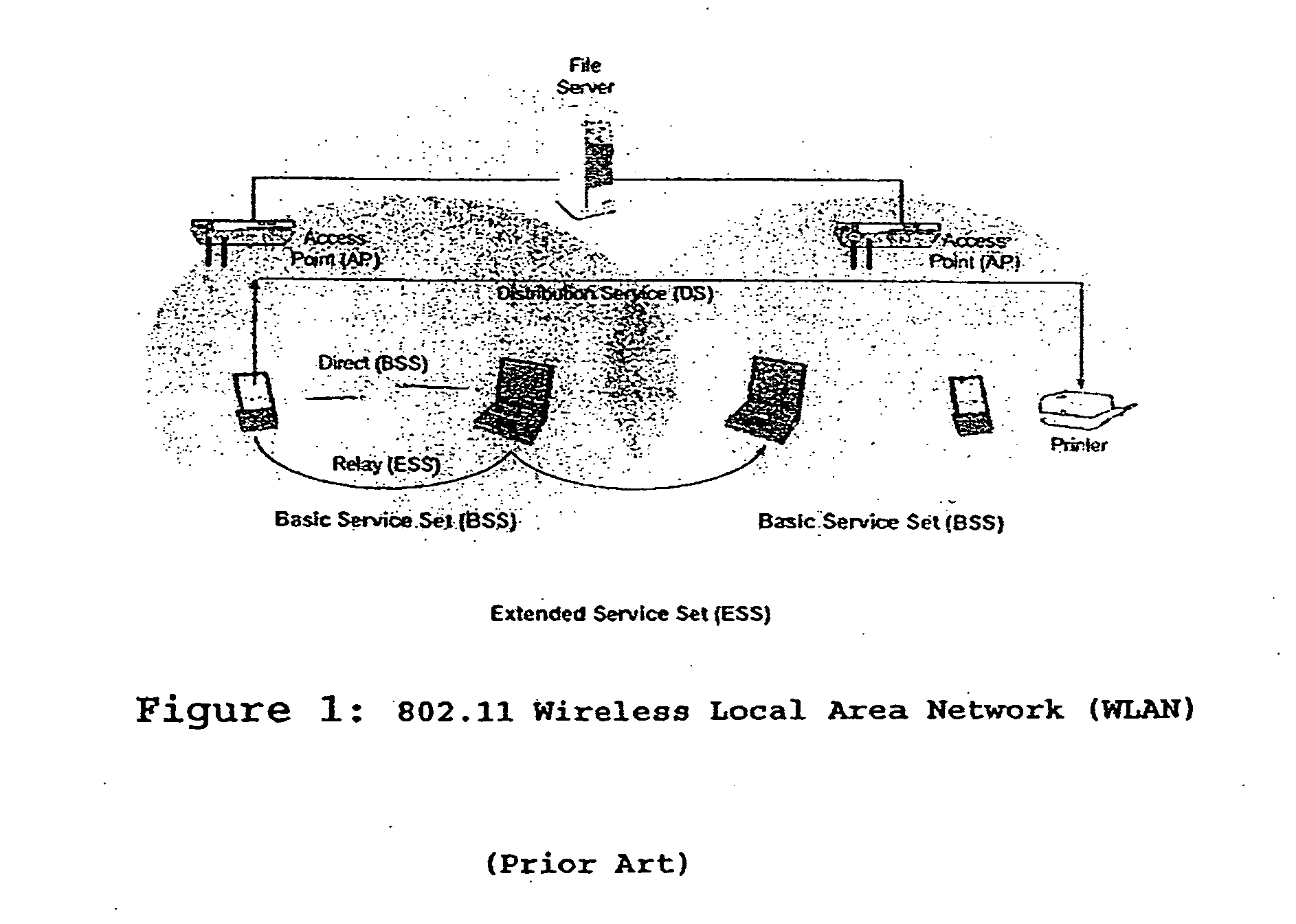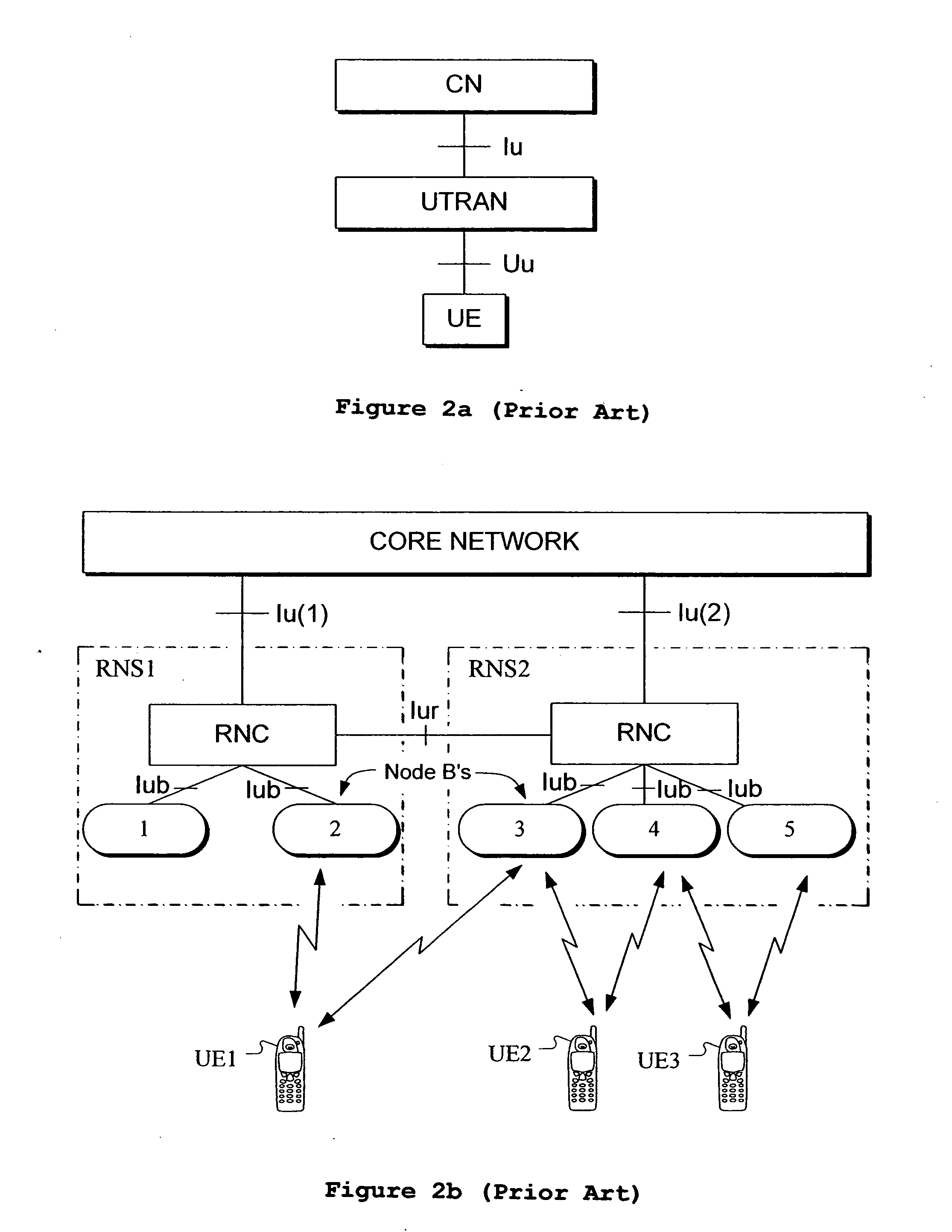Method and system to enhance energy savings in multicast transmissions in WLAN
a multicast transmission and energy saving technology, applied in the field of multicast transmission service optimization in wlan networks, can solve the problems of multicast packet burst after the dtim interval, and consume energy, so as to improve the ap originating multicast traffic, enhance the multicast performance, and save energy. the effect of greatest
- Summary
- Abstract
- Description
- Claims
- Application Information
AI Technical Summary
Benefits of technology
Problems solved by technology
Method used
Image
Examples
Embodiment Construction
[0037] The present invention provides a new and unique method and apparatus for communicating information between two nodes, STAs, points or terminals in a wireless local area network (WLAN), featuring one or more steps for creating an association between multicast transmission scheduling and multicast internet protocol (IP) addresses within a multicast transmission period, and mapping multicast transmission start times using the multicast IP or ethernet address information.
[0038]FIG. 5 shows an example of the enhanced multicast transmission according to the present invention, where the DTIM period is split into a certain amount of time slots, each time slot having associated to it certain multicast addresses. As shown, the DTIM period is split, for example, into 16 time slots labelled 0, 1, 2, . . . , 15. The number of these slots may depend on the DTIM period length. In view of this, the scope of the invention is not intended to be limited to 16 time slots, because embodiments ar...
PUM
 Login to View More
Login to View More Abstract
Description
Claims
Application Information
 Login to View More
Login to View More - R&D
- Intellectual Property
- Life Sciences
- Materials
- Tech Scout
- Unparalleled Data Quality
- Higher Quality Content
- 60% Fewer Hallucinations
Browse by: Latest US Patents, China's latest patents, Technical Efficacy Thesaurus, Application Domain, Technology Topic, Popular Technical Reports.
© 2025 PatSnap. All rights reserved.Legal|Privacy policy|Modern Slavery Act Transparency Statement|Sitemap|About US| Contact US: help@patsnap.com



